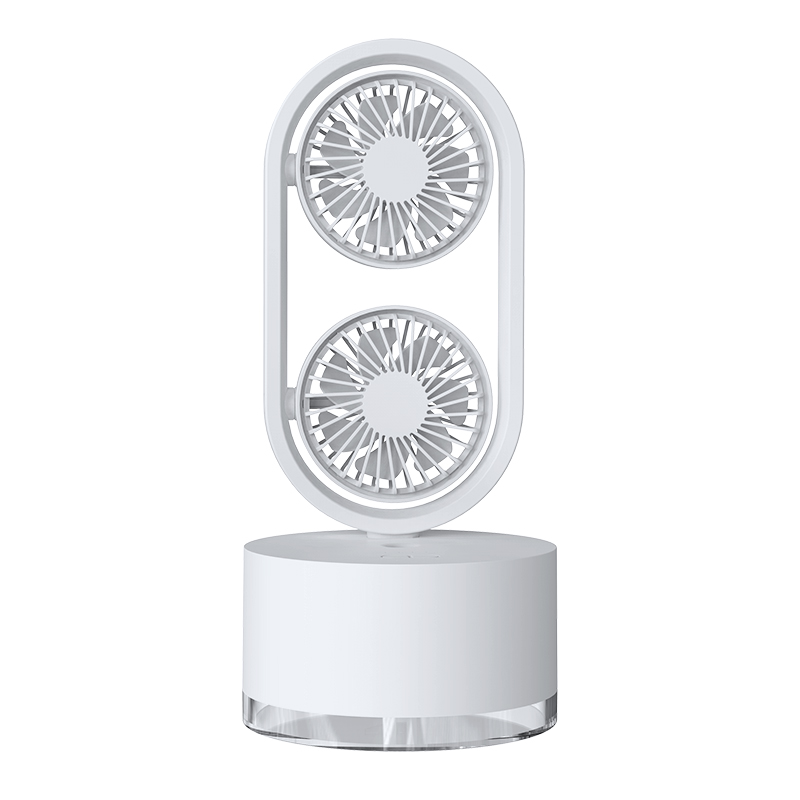CREATIVITY CHANGES YOUR LIFE
 Tel: +86 0755-84870739
Tel: +86 0755-84870739
 Email: info@nexhc.com
Email: info@nexhc.com
CREATIVITY CHANGES YOUR LIFE
 Tel: +86 0755-84870739
Tel: +86 0755-84870739
 Email: info@nexhc.com
Email: info@nexhc.com
Company news | Industry news | Exhibitions and events | Optimization dedicated | aromatherapy diffuser |
source:electric fan wholesaler release time:2022-11-03 Hits: Popular:aromatherapy diffuser direct sales

Cooling fans are almost always configured in our computers. The computer needs to generate a lot of heat during operation. If this heat accumulates in the body, it will have a negative impact on the inside of the computer. There is a type of cooling fan called a DC fan, so what exactly does a DC fan do?
Although the water-cooled radiator is high-end, it is enough to use an air-cooled radiator in most cases. So what kind of air-cooled radiator is good? How to choose a suitable air-cooled radiator? Learn what you need to know about air-cooled radiators.
working principle
The CPU radiator base is in direct contact with the CPU, and the CPU conducts heat to the radiator base through silicone grease, and then the base transmits it to the heat dissipation fins through the heat conduction device, and the heat on the heat dissipation fins is blown away by the fan.
Heat conduction device
1. Pure copper, pure aluminum: The efficiency of this heat conduction method is the lowest, but the price is relatively cheap. Low-end radiators and some original radiators use this method.
2. Heat pipe: The heat pipe is the most commonly used method at present. The middle of the pipe is empty, and the heat-conducting liquid is injected into it. The liquid absorbs heat and evaporates, and then brings the heat to the fins, condenses into a liquid, and then falls back to the base, and circulates continuously.
3. Water: In fact, it is water cooling, and water cooling is also a kind of air cooling, to put it bluntly.
Factors Affecting Heat Dissipation
1. Heat transfer efficiency
1) Number and thickness of heat pipes: the more the number, the better, 2 to 4 are enough, 6 and above are high-end, and the thicker the pipe, the better.
2) Design of heat transfer base
a. Direct contact with heat pipe: The most common solution is mostly used in low-end radiators. This method is to flatten the heat pipe, and then directly contact the CPU, but after a long time, there will be uneven problems, which will affect the heat conduction effect. . b. Copper bottom welding: The base is directly made into a mirror surface, the contact area is larger, and the heat conduction effect is also good. It is generally used on medium and high-end radiators. c. Vaporizing plate: a scheme similar to a heat pipe, which conducts heat through liquid evaporation, heat absorption, condensation, and heat dissipation. The efficiency is very high, but the cost is also high. Only high-end radiators will be used.
3) Design of handover between heat dissipation fins and heat pipes
a. Reflow soldering: The cost of soldering the two together is high, but the heat conduction effect is good, and it is not easy to cause the fins to loosen. b. Threading: It is to open holes on the fins, and then let the heat pipe pass through the fins, which is low in cost, but there will be a problem of poor contact, easy to loosen, and poor thermal conductivity.
Read recommendations:
What are the effects of air purifiers and what are the filter technologies.Car Air purifier Processo
Introduction to the Types of Computer AC Axial Fans.mini fan with led light
NextThe main types of cooling fans supplied by fan wholesalers.rechargeable mini fan
Popular recommendation
H04 Heater Fan
2021-09-14J6 mini humidifier Air Humidifier
2021-09-14F19 Cooling Fan
2021-09-14J1 water humidifier Air Humidifier
2021-09-14A23 Aroma Diffuser
2021-09-14The aromatherapy machine accompanies you to sleep peacefully, deep sleep is so simple!aroma diffuser
2021-10-28Air purifier manufacturers analyze how filters are classified
2022-03-30How long should the air purifier be on?air purifier covid sales
2022-07-08Some knowledge of air humidifier
2022-05-10What is the function of the aromatherapy machine.essential oil diffuser
2022-04-08Does the humidifier emit radiation
2024-09-28Is using a humidifier at home harmful to the body?
2024-09-09How long does a dehumidifier usually run per day?
2024-09-09Humidifier classification
2024-08-24Humidifiers nourish daily life
2024-08-17Common classification methods for humidifiers
2024-08-10How to dehumidify with a dehumidifier
2024-07-22Working process of dehumidifier
2024-07-22High pressure micro fog humidifier for air conditioning unit
2024-07-13What are the possible reasons why humidifiers do not produce fog
2024-07-08Contact the following for inquiries regarding our services and products.
